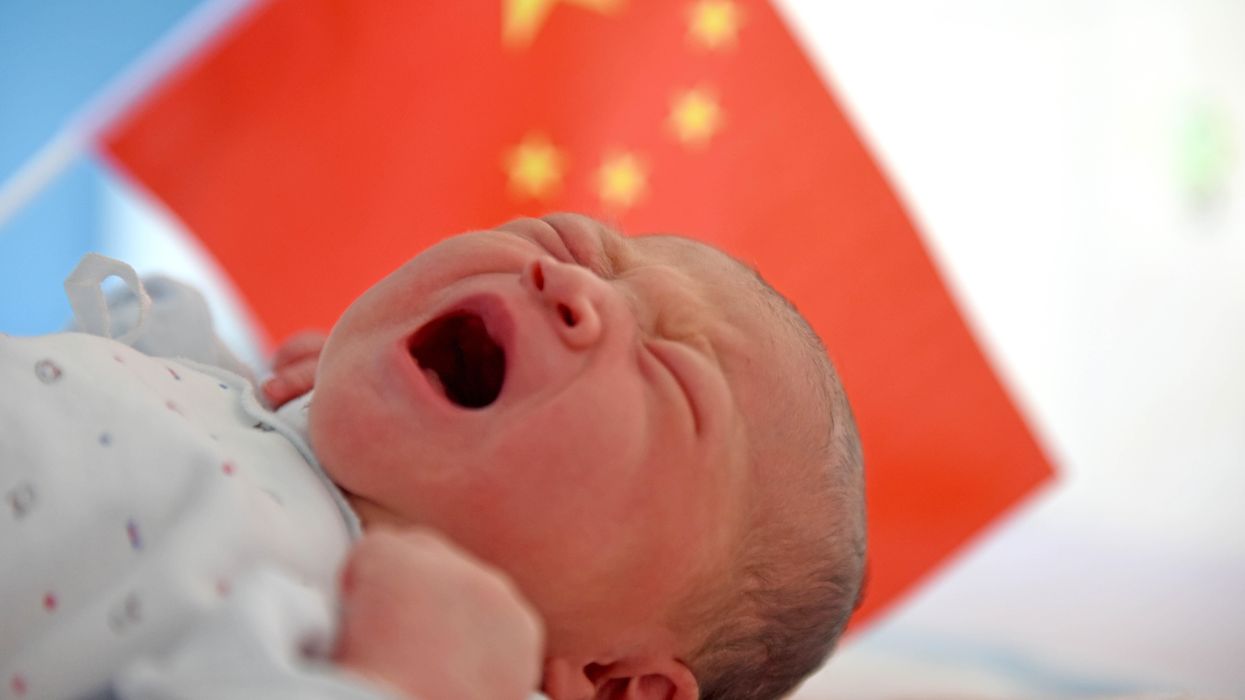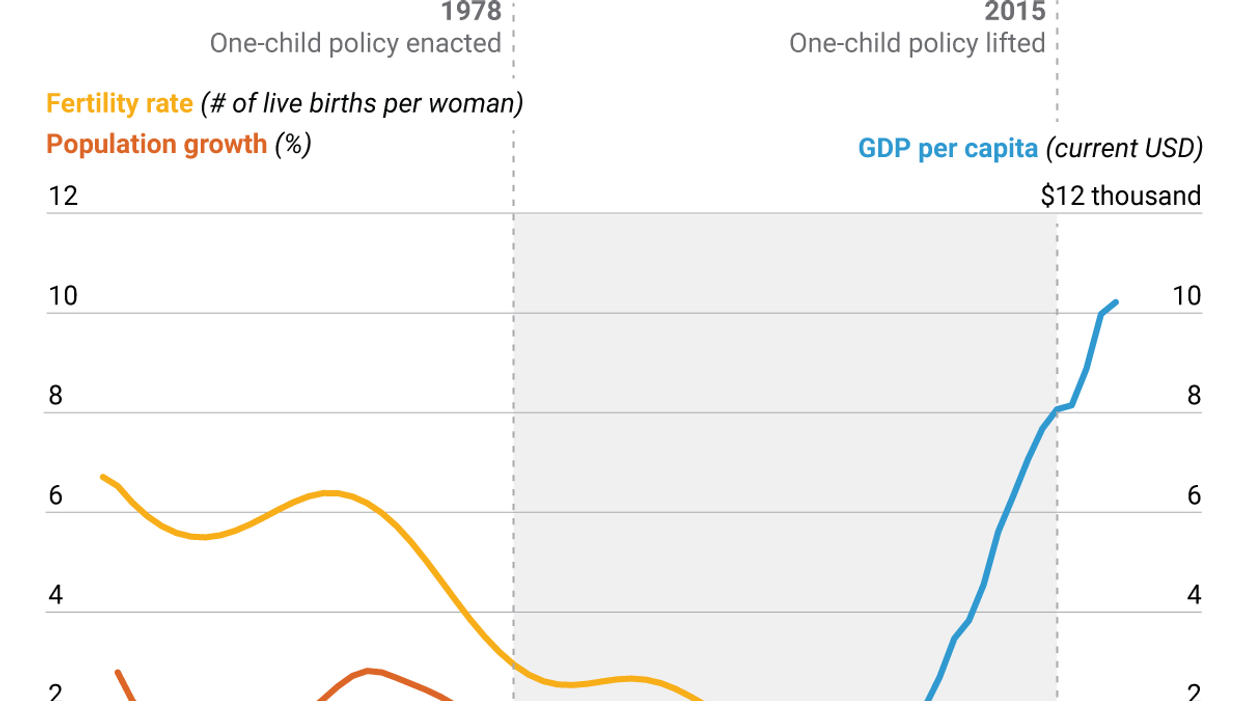popular
Why is Xi Jinping lurking in bedrooms?
Six hundred and eighty-eight million. That's how many Chinese women could be affected by Beijing's announcement this week that it will reduce access to abortions for non-medical reasons.This follows a string of policies enforced by China's Communist Party — notorious for its one-child policy — in recent years to boost birth rates. President Xi Jinping, why the massive change of heart?
Sep 29, 2021


